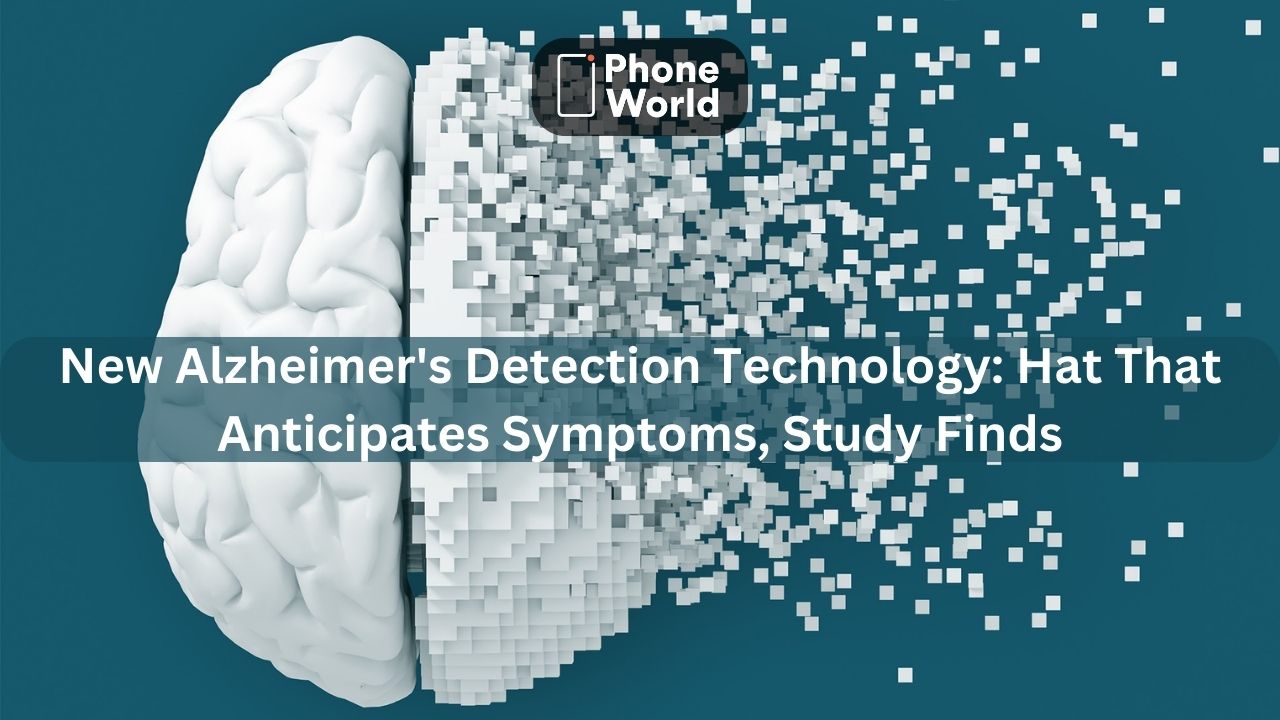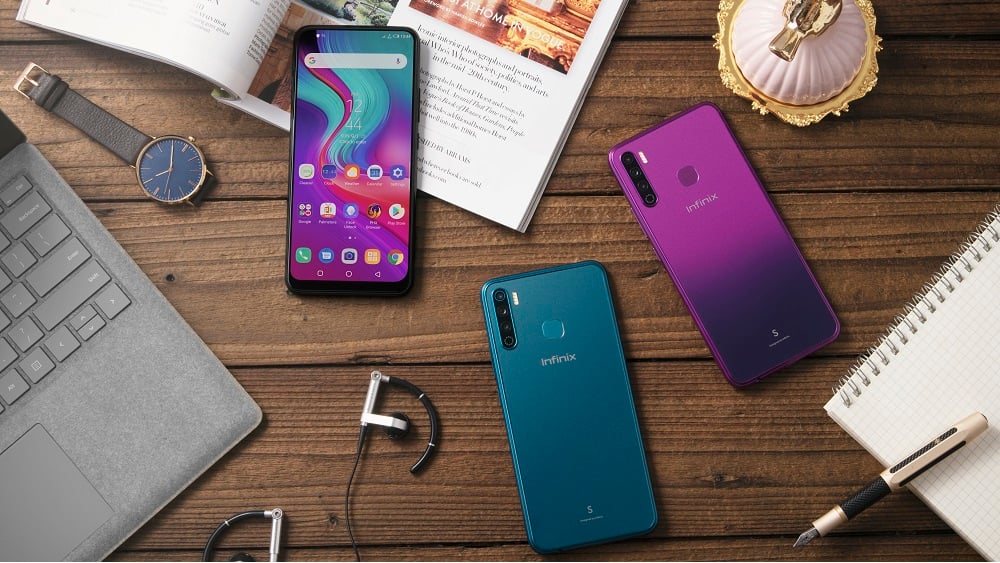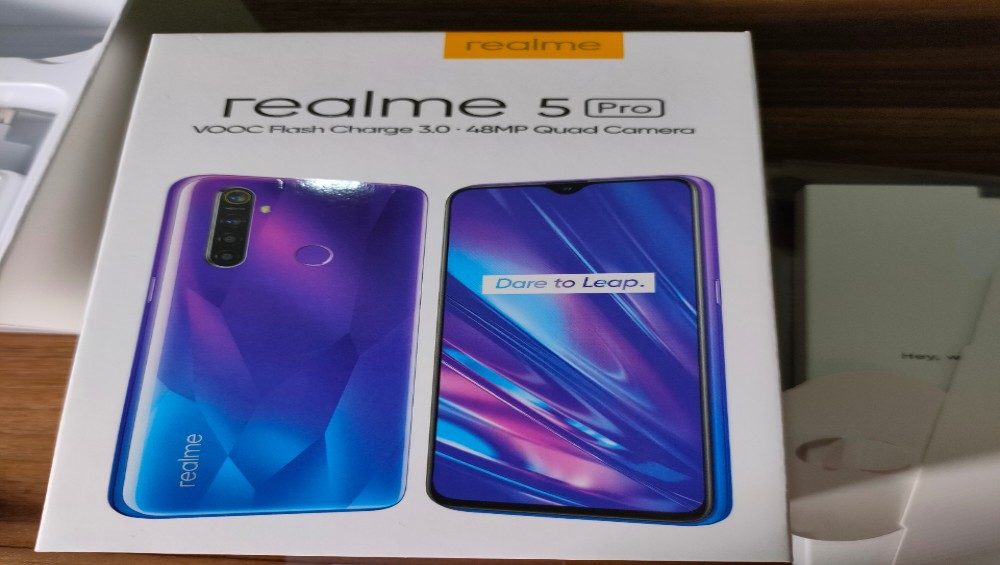Detecting Alzheimer’s Early: Researchers Introduce Innovative ‘Hat’ Technology

Scientists have invented a headband capable of detecting early indications of Alzheimer’s disease during sleep. The headband is capable of monitoring brainwave patterns and detecting early indicators of the disease, maybe several years prior to diagnosis. Referred to as a cognitive monitoring device, this technology has the capability to detect the initial phases of the ailment prior to the manifestation of any observable indications.
The research conducted by researchers affiliated with the University of Colorado Anschutz Medical Campus and Washington University in St. Louis holds the distinction of being the most extensive investigation of its nature conducted thus far. It was published in the esteemed journal Alzheimer’s & Dementia.
“Demonstrating how we can assess digital biomarkers for early indications of disease using accessible and scalable headband devices in a home setting is a huge advancement in catching and mitigating Alzheimer’s disease at the earliest stages”.
The research team employed electroencephalography (EEG) via a headband apparatus to discern brain wave patterns associated with the reactivation of memory during sleep. The findings of their study establish a correlation between EEG measurements and the presence of distinct molecular alterations that serve as early indicators of Alzheimer’s disease before the onset of symptoms.
According to Dr. Brice McConnell, a senior author of the study and an assistant professor of neurology at the University of Colorado School of Medicine, the digital biomarker described in this research allows for the utilization of any basic EEG headband device as a means of monitoring brain health, similar to a fitness tracker.
Researchers examined data from 205 elderly people and discovered measurable issues with memory reactivation associated with elevated levels of proteins such as amyloid and tau that accumulate in Alzheimer’s disease.
“What we discovered is that these abnormal protein levels are connected to sleep memory reactivations, which we could spot in people’s brainwave patterns before they showed any symptoms. Identifying these early biomarkers for Alzheimer’s disease in asymptomatic adults can help patients develop preventative or mitigation strategies before the disease advances”, according to Dr. McConnell.
According to the researchers, this is a significant step toward adopting wearables as digital biomarkers for illness diagnosis.
Dr McConnell further added: “We are just scratching the surface with this work, paving the way for affordable and easy-to-use devices to monitor brain health. This is proof of the principle that brain waves during sleep can be turned into a digital biomarker, and our next steps involve perfecting the process”.
Check Out: Problematic Smartphone Addiction Leads To Behavioral & Cognitive Self-Control Deficits.
PTA Taxes Portal
Find PTA Taxes on All Phones on a Single Page using the PhoneWorld PTA Taxes Portal
Explore NowFollow us on Google News!





